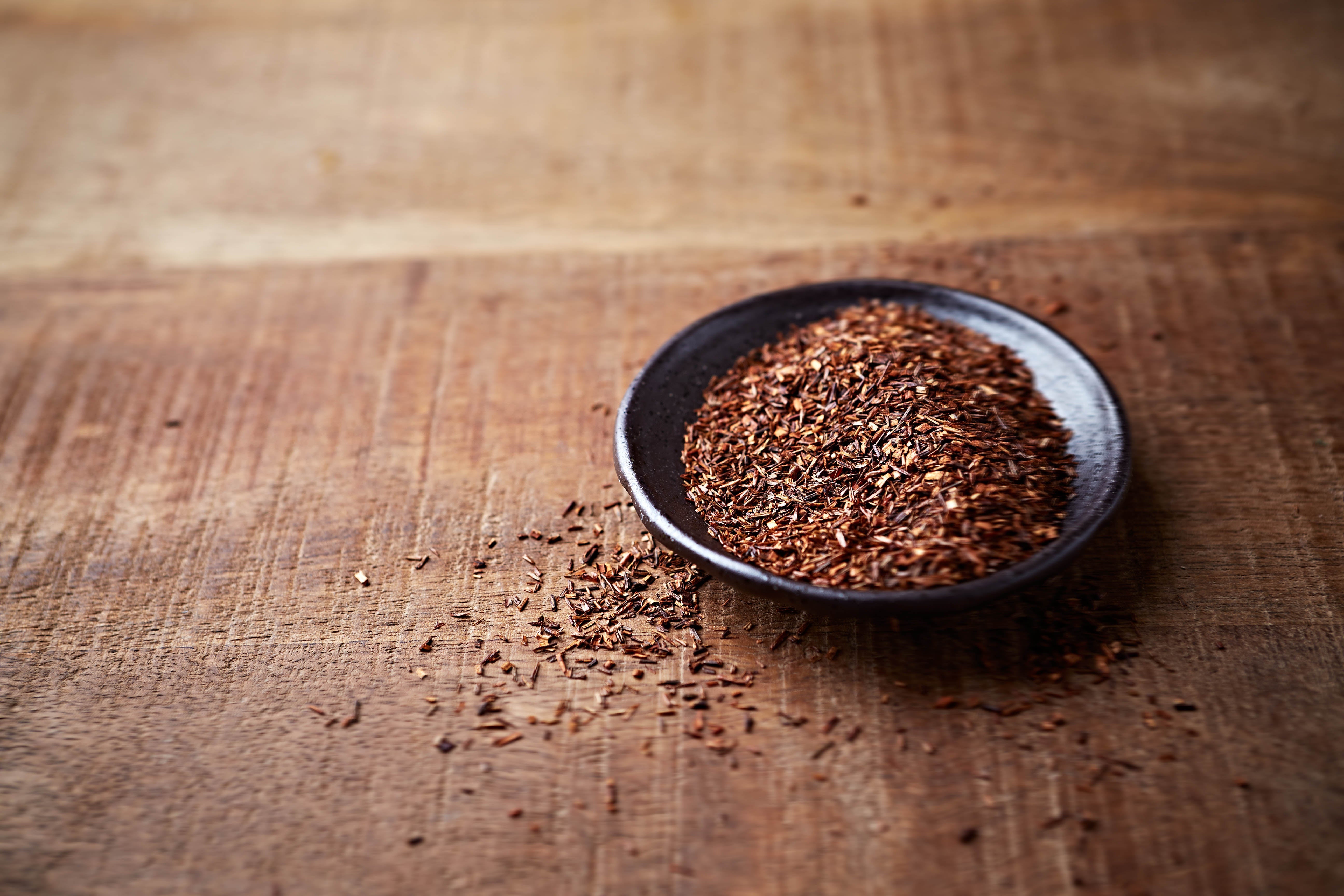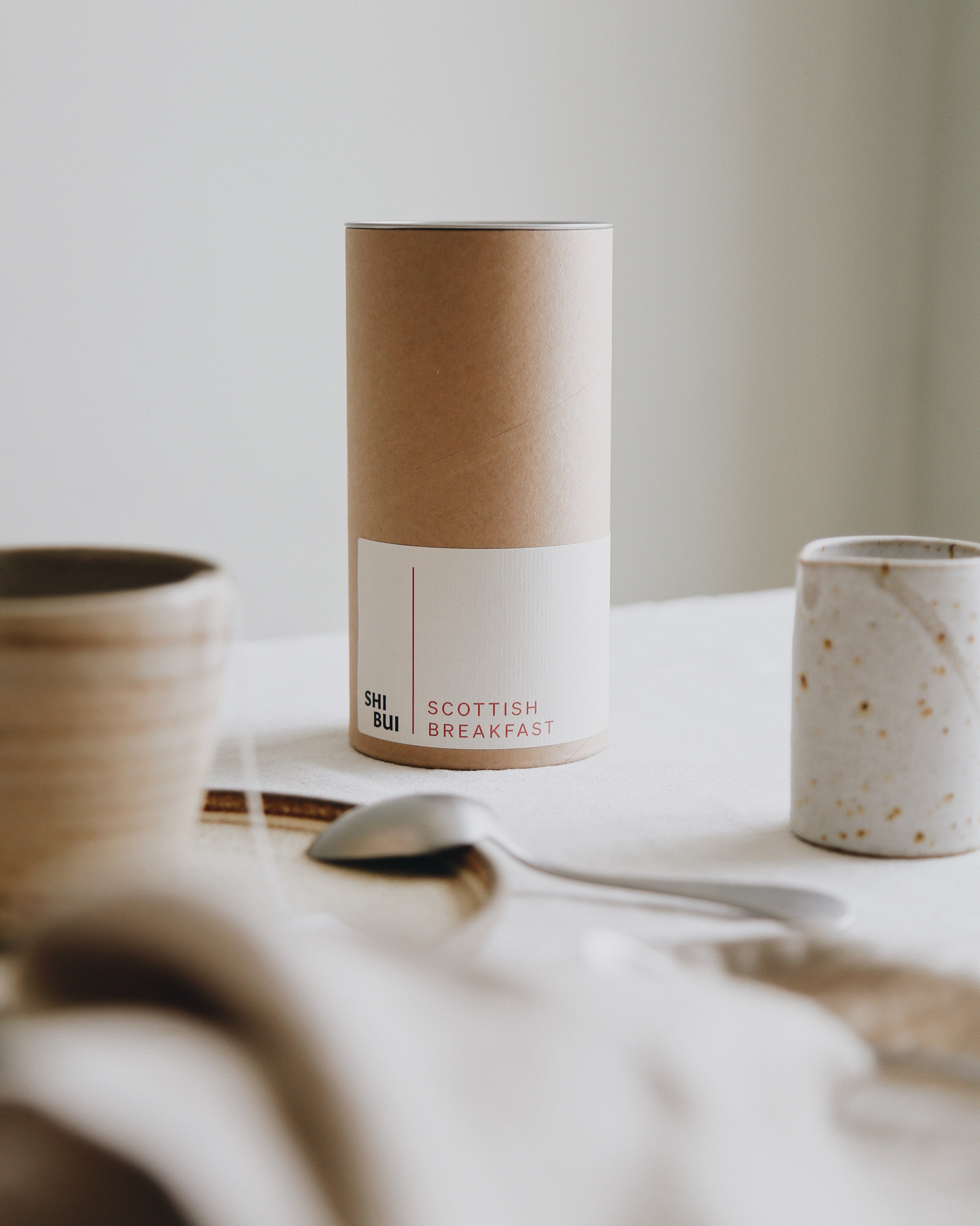
What is Rooibos?
Rooibos: A Comprehensive Guide
What is Rooibos?
First things first – Rooibos (pronounced ROY-boss) is not technically a tea. It’s a unique herbal infusion made from the leaves of the Aspalathus linearis shrub, native to the Cederberg region of South Africa.
Rooibos is known for its distinctive red colour and naturally sweet, slightly nutty flavour. It’s caffeine-free, making it an excellent alternative to traditional teas and coffee.
Where is it From?
Rooibos is exclusively grown in the Cederberg region of the Western Cape province in South Africa. The region’s unique climate and soil conditions are ideal for cultivating the rooibos plant. Its hot, dry summers and cool, wet winters, combined with coarse, sandy soils, create the perfect environment for rooibos to thrive. This small geographic area produces all the rooibos in the world, making it a truly unique South African product.
How is it Different from Tea?
The term ‘tea’ traditionally refers to beverages made from the leaves of the Camellia sinensis plant, which includes black, green, white, and oolong teas. Rooibos, on the other hand, is made from a completely different plant – Aspalathus linearis.
Here are some key differences between rooibos and traditional tea:
-
Caffeine Content: Rooibos is naturally caffeine-free, while traditional teas contain varying levels of caffeine.
-
Flavour Profile: Rooibos has a naturally sweet and earthy flavour, unlike the sometimes bitter taste of traditional teas.
-
Nutrient Profile: As many studies have shown - rooibos is rich in antioxidants such as aspalathin and nothofagin, which are not present in Camellia sinensis teas.
How is it Processed?
The processing of rooibos involves several steps to bring out its unique flavour and properties. Here’s a brief overview:
-
Harvesting: The rooibos plant is harvested during the hot summer months. The fine, needle-like leaves and stems are cut and collected.
-
Cutting and Oxidation: The harvested leaves and stems are finely chopped and then bruised, initiating the oxidation process. This step is crucial for developing the characteristic red colour and rich flavour of rooibos, similar to the way black tea is processed.
-
Drying: After oxidation, the rooibos is spread out in thin layers to dry in the sun, a process that can take up to 24 hours.
-
Sorting and Packaging: Once dried, the rooibos is sorted to remove any twigs and stems, ensuring a consistent, high-quality product before being packaged for sale.
Green or Red?
Rooibos is available in two main varieties: green and red. The difference lies in the processing method.
-
Red Rooibos: This is the traditional variety, which undergoes full oxidation, giving it its red-brown colour and robust, sweet flavour.
-
Green Rooibos: Green rooibos is produced by quickly drying the leaves after harvesting to prevent oxidation. This results in a lighter, more delicate flavour, similar to green tea, and a higher antioxidant content due to the minimal processing.
Versatility in Blends and Flavours
One of the many appealing qualities of rooibos is its versatility. Its naturally smooth and mild flavour profile makes it an excellent base for blending with a wide variety of other ingredients. Rooibos can easily absorb and enhance different flavours, from sweet to fruity, spicy to floral, making it a popular choice for creative tea blends.
Here at Shibui we have a number of different flavour varieties available in both loose leaf and tea bag options:
- Rooibos & Orange - a flavourful herbal blend combining the earthy richness of rooibos with the citrusy brightness of orange. This caffeine-free infusion offers a harmonious balance of sweet and tangy notes, creating a refreshing and invigorating beverage. We also think this tastes great as an iced tea.
- Blueberry Rooibos - A Shibui classic and one of our best sellers. This tea is crafted with care and infused with the vibrant essence of ripe blueberries. Rooibos leaves are known for their natural sweetness and earthy undertones, and paired with the tart sweetness of blueberries makes it the perfect drink for any time of the day.
- Vanilla Rooibos - A lovely rooibos tea with a hint of vanilla. The creamy sweetness of vanilla harmonizes beautifully with the smooth and mellow flavour of rooibos, also known as redbush tea, and serves as the perfect pairing.
- African Winter - The exotic spices combined with the naturally sweet and nutty notes of rooibos complement each other creating the most perfect drink for those chilly winter days. Savour the rich chocolate undertones intertwined with hints of cinnamon and cardamom, and create your own cosy evening with this comforting tea.
- Earl Grey Rooibos - The Earl’s famous bergamot flavouring applied to caffeine free South African rooibos meaning you can indulge in this tea any time of day without worry.
- Rooibos - red rooibos - of course we offer it unflavoured and as is too.
- Rooibos Collection - this is a collection of different rooibos blends ideal for finding your favourite.
- Iced Rooibos: Its natural sweetness also makes rooibos an ideal choice for iced teas. You can brew it strong, chill it, and add fresh fruits or herbs like mint for a refreshing, caffeine-free drink in the summer.
Rooibos Lattes: Rooibos also works well in lattes. The earthy sweetness of rooibos blends perfectly with steamed milk and a hint of honey or maple syrup, offering a rich, creamy beverage that's naturally caffeine-free and indulgent.
How to Brew Rooibos
Brewing rooibos is simple, and its forgiving nature makes it easy to prepare without worrying about over-steeping. Here’s how to get the best out of your rooibos infusion:
-
Hot Brew (Traditional Method):
- Use fresh water: Start with freshly boiled water to bring out the full flavour of the rooibos leaves.
- Tea-to-water ratio: Use 1 teaspoon of loose rooibos (or 1 tea bag) per cup (250ml) of water.
- Steeping time: Pour the freshly boiled water over the rooibos and let it steep for 5-7 minutes. Since rooibos doesn’t become bitter, you can steep it longer if you prefer a stronger flavour.
- Optional: Add a splash of milk, a slice of lemon, or a touch of honey or sugar to taste.
-
Iced Rooibos:
- Prepare a strong brew: Use 2 teaspoons of rooibos per cup (250ml) of freshly boiled water. Steep for 5-10 minutes.
- Cool and refrigerate: Allow the tea to cool to room temperature, then ideally refrigerate for a few hours until chilled. Alternatively can skip and pour over lots of ice if making a larger portion.
- Serve: Pour over ice and garnish with fresh mint leaves or slices of fruit like lemon or orange for a refreshing iced tea.
-
Rooibos Latte:
- Brew a strong rooibos: Steep 2 teaspoons of rooibos in 250ml of boiled water for 5-10 minutes.
- Add milk: Warm your choice of milk (dairy or plant-based) and froth it if desired.
- Mix: Pour the warm, frothy milk over your brewed rooibos and sweeten with honey, maple syrup, or a dash of vanilla for a creamy and indulgent rooibos latte.
-
Cold Brew Rooibos:
- Tea-to-water ratio: Use 2 teaspoons of rooibos per cup (250ml) of cold water.
- Infusion time: Place the rooibos in cold water and refrigerate for 6-12 hours. Best done overnight so it's fresh and waiting for you in the morning.
- Serve: Strain and enjoy as a refreshing, lightly flavoured cold tea.
Alternatives to Rooibos
While rooibos is perhaps the most famous South African herbal tea, there are other similar beverages worth exploring, such as honeybush tea.
-
Honeybush: Made from the leaves and stems of the Cyclopia plant, honeybush tea is another South African herbal tea. It has a slightly sweeter and more floral flavour compared to rooibos and also offers a range of health benefits, including high levels of antioxidants and anti-inflammatory properties. Like rooibos, honeybush is caffeine-free. We have an unflavoured honeybush in our range - you can see more by clicking here.
-
Herbal Infusions: Other caffeine-free alternatives include chamomile, peppermint, and hibiscus tisanes. Each has its own unique flavour and health benefits, making them excellent options for diversifying your herbal tea consumption. We have an extensive range of herbal infusions here at Shibui and you can explore our range of herbal tea bags here or loose herbal infusions here.
Conclusion
Rooibos is a versatile and healthful herbal tea with a rich history and distinct characteristics. Whether you prefer the robust flavour of red rooibos or the delicate taste of green rooibos, this South African treasure is a delightful addition to any tea lover’s collection. Its caffeine-free nature and antioxidant properties make it a popular choice for those seeking a soothing and health-promoting beverage. For those curious about exploring further, honeybush and other herbal teas offer excellent alternatives, each with their own unique benefits and flavours.




Leave a comment
This site is protected by hCaptcha and the hCaptcha Privacy Policy and Terms of Service apply.